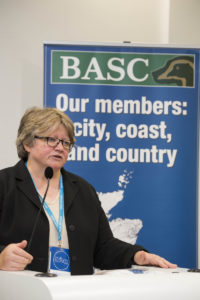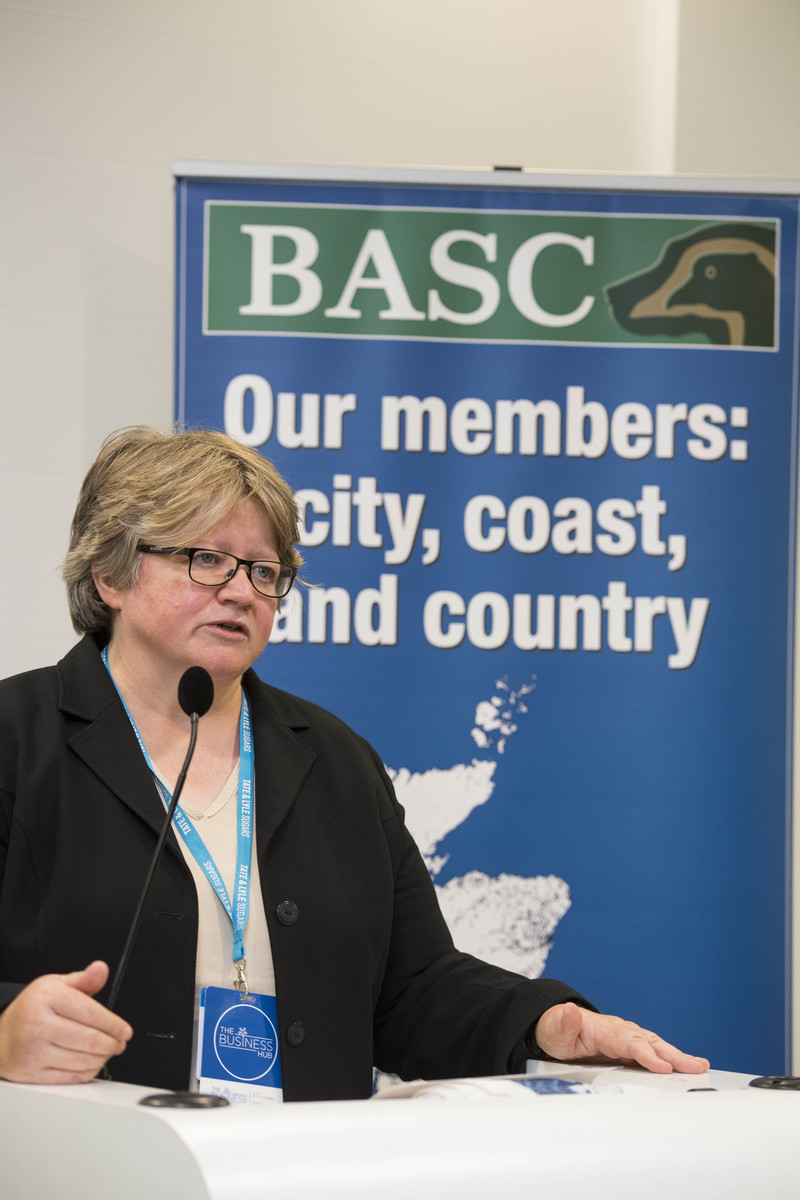
BASC believes the publication of the first comprehensive raptor persecution map for England and Wales will allow enforcement to be effectively targeted.
While a previous map showed only incidents involving the poisoning of protected raptors, the new interactive map also now includes for the first time incidents of shootings, trappings and nest destruction.
The map, published on behalf of the Raptor Persecution Priority Delivery Group (RPPDG) and the National Wildlife Crime Unit, has the support of Defra. It covers the five-year period between 2011 and 2015 and will be updated on an annual basis.
Defra has said North Yorkshire will be a priority area as the most incidents occurred there (39), followed by Norfolk (17), Cumbria (11), Derbyshire (11), Lincolnshire (10), Suffolk (8) and Northumberland (8).
Christopher Graffius, BASC’s acting chief executive, said: “For the fight against raptor persecution to be successful, it is essential that credible intelligence is available to enable enforcement to be focused in the most effective manner.
“This map should serve as a wake-up call for those who are doing a disservice to the entire shooting community by committing crimes against birds of prey.
“The message should now be heard loud and clear that illegality has to stop. BASC fully supports the publication of this map and hopes it will prove to be a valuable tool in the fight against raptor crime.”
BASC, as members of the RPPDG, has worked with other rural organisations, the RSPB, the police and government agencies to publish the information.
Ian Grindy, chair of BASC’s game and gamekeeping committee, said: “For too many years, the extent of persecution has been hidden.
“BASC hopes that by pulling together all the available data in this interactive map, organisations are in a better position to put an end to this illegal activity once for all. A clear step has been taken towards driving these criminals into full view.”
Wildlife minister Dr Therese Coffey said: “Birds of prey are a vital part of our animal landscape, icons of our cultural heritage and key to boosting local economies by attracting visitors to England and Wales.
“These maps highlight hot-spots across the country for crimes against these precious birds, enabling the police to crack down with increased enforcement in areas where it’s needed most – building on the valuable work land management, conservation and shooting organisations are already doing to help protect iconic birds of prey.”
A Defra spokesperson added: “There are already strong penalties in place for committing offences against birds of prey and the unlawful use of traps and all wild birds are protected under the Wildlife and Countryside Act 1981.
“The government takes all wildlife crime very seriously and raptor persecution has been identified as a UK wildlife crime priority. Each priority has a delivery group to consider what action should be taken, develop a plan to prevent crime, gather intelligence on offences and enforce against it.
“The National Wildlife Crime Unit also monitors and gathers intelligence on illegal activities affecting raptors and provides assistance to police forces when required.
“These maps build on this valuable work and will help boost the fight against those who continue to commit crimes against raptors. In the five-year measurable period there have been 262 incidents in England and Wales: 146 of these caused by shooting and 66 by poisoning. The majority of incidents took place against buzzards (108), followed by owls (40), red kites (39) and peregrine hawks (34).”
